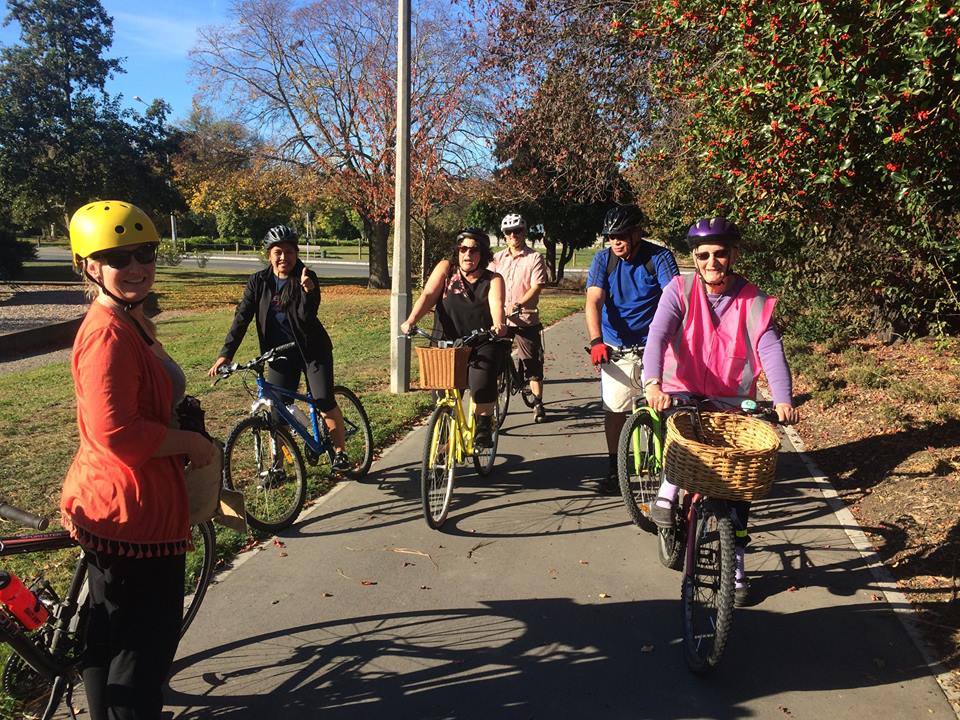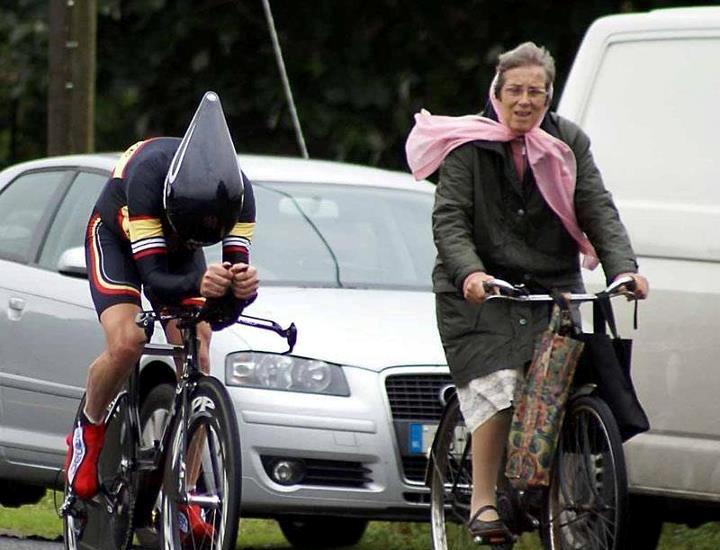I had an interesting conversation earlier this week with a reporter, talking about how people are getting used to using our cycleways as they get ever busy, including lots of passing each other and queuing at intersections. It’s a nice problem to have, and evidence that the Major Cycleway network is doing its job of attracting new people. But there is the interesting question of what the experienced people who were already cycling beforehand think of the new cycling networks; potentially affecting their old patterns – this was something I pondered in a blog, first back in Nov 2017…
When considering potential objections to cycleways, or “bikelash”, there are the usual suspects to consider, such as businesses worried about losing parking, and motorists worried about getting held up. But another group has also been making noises about some of the new Major Cycleways: confident existing riders.

The general objections usually go something like this:
- The new cycleways don’t allow me to still ride at a fast pace
- The new cycleways often don’t let me easily pass slower riders
- Turning traffic is more likely to hit me when I’m positioned behind parked cars
- I have to stop all the time at signals waiting for a cycle signal (even when the main road is still going)
- A simple painted cycle lane would be much simpler and cheaper
Now, as a fairly experienced and confident rider myself, I have sympathy with some of the concerns. E.g. it was suggested to me by someone involved in the cycleway programme that a design speed of 20km/h was being applied, to reflect the lower travel speeds of many newer riders. That would explain some of the ridiculously tight curves in some places. Generally I see no reason why most elements of the cycleway network shouldn’t still be planned for a faster rider such as 30km/h; typically a best-practice approach elsewhere.
-1024x697.jpg)
For those of us who are already confident enough to ride around Christchurch, we have to remember that these new cycleways are not being built for us. They are designed to attract the “interested but concerned” target audience, a far larger group of the population who would like to cycle more but are particularly sensitive to riding with traffic.
Here’s the thing: to provide additional safety you often have to trade off efficiency to achieve it. For example, if you want protection from turning traffic at an intersection then you need a special separate cycling signal phase to achieve this, BUT you won’t be able to cycle at other times when the turning traffic is allowed to go. If you’re previously used to getting to go anytime the adjacent traffic is also going, then this will seem like a loss of service. Meanwhile many new riders will think that the special phase is great in providing them with protection when they need it.
-1024x768.jpg)
One solution for the confident rider is to shift over to the main roadway and go with their green signal. Perfectly legal to do so, although it does result in a related perception problem with the general public – seeing cyclists still riding in the roadway rather than “their” costly new cycleway…
The other thing to remember is that motorists are also having to get used to the new cycleways too, e.g. remembering when and where to check for riders. Now a lot of work does go into making cycleways safe at intersections and accessways (and the designs are constantly improving in that regard too), but it is naïve to think that you can blat through at full pace right now and think that having right of way will protect you (I wouldn’t even recommend that approach on a cycle lane…). So, for now at least, slow down a bit and ride defensively near potential conflict points.

I guess the upshot is that we are probably not always going to create cycleways that cater for everyone’s need, because some people are more concerned about a high level of protection and others with minimal delay. And if you’ve “been cycling for umpteen years without any problems before now”, then just remember: these cycleways are not for you…
Do you find the new cycleways meet your needs? Are you the target audience?


As a longtime cyclist, I find I am very frustrated by current cycle facility design. They are too slow, and often more dangerous than what they replaced.
Here in Dunedin, the design speed for the $8M one way cycle lanes was 25kph, but that is too fast to travel them safely. The obstructed visibility, narrowness, cars blocking the lane or turning in front of you, concrete blocks jutting into the lane, dangerous terminal junctions at both ends, huge delays at lights, being on the wrong side of the road, and unnecessary road crossings (one of which relies solely on motorists for cyclist safety!) make it largely unusable IMO.
If cyclists choose to ride the roadway rather than the cycleway, it is a design failure (to paraphrase the Dutch).
No, I am not the target audience, but then I don’t believe most cycle facilities are built for cyclists of any experience; rather they are built for motorists (the “trade offs” (design failures) are largely borne by cyclists, not motorists). If cyclists were designing our roads, cycle facilities would look very different from what we have today. If motorists had to put up with the tradeoffs that cyclists do, then the works would never be undertaken.
I am much happier about recent moves to have widespread reductions in urban speed limits (likely delayed by the recent change in government…), which will increase safety for all road users and largely remove the need for cycleways, and therefore any negative effects associated with them.
Right on!